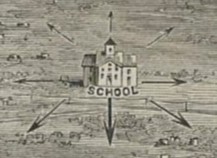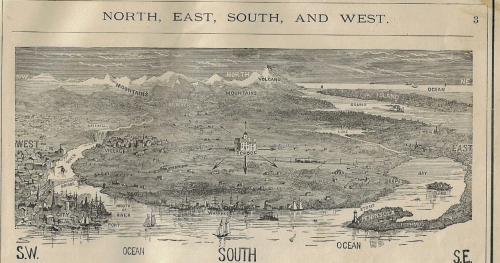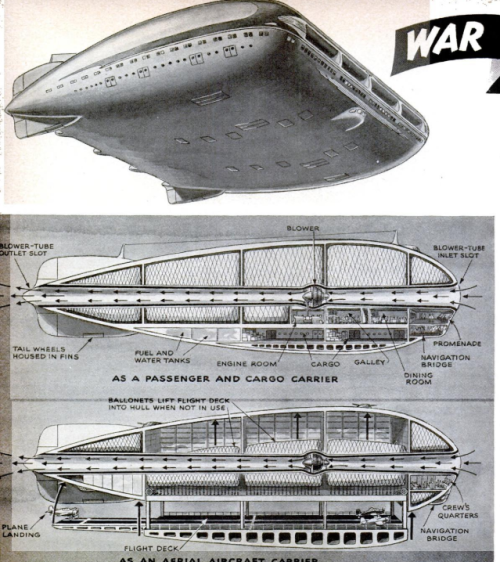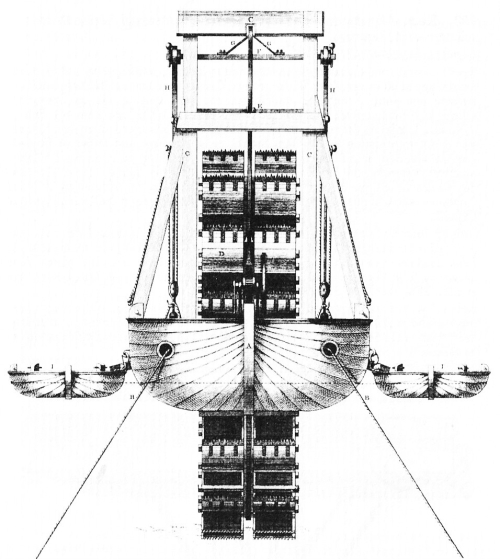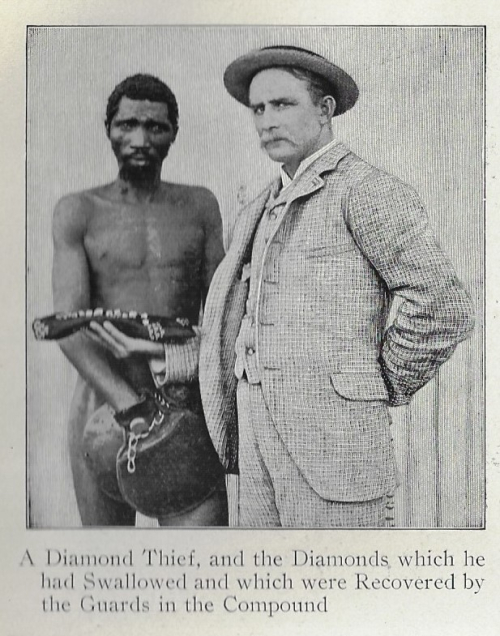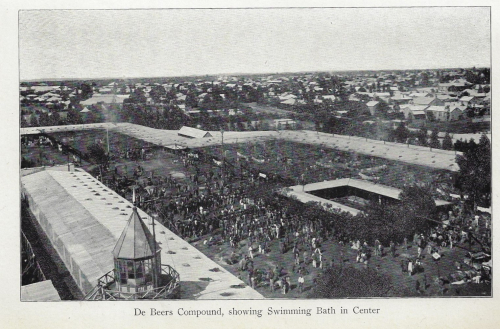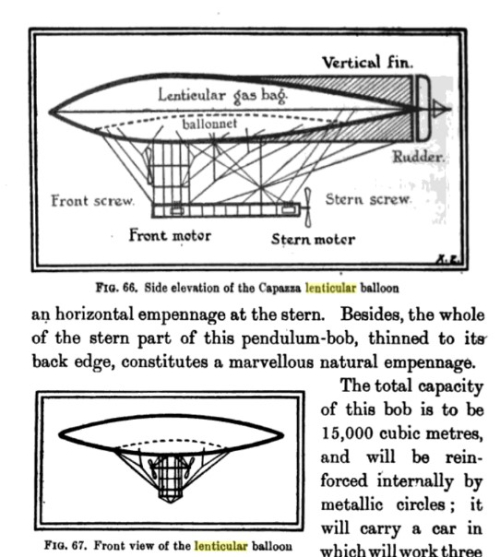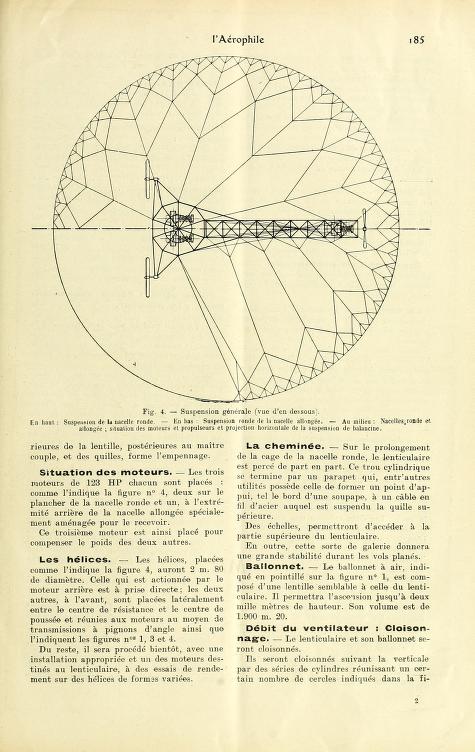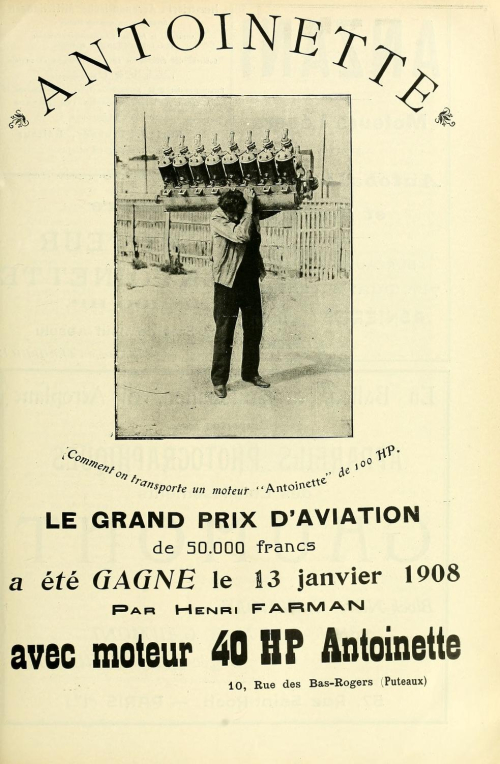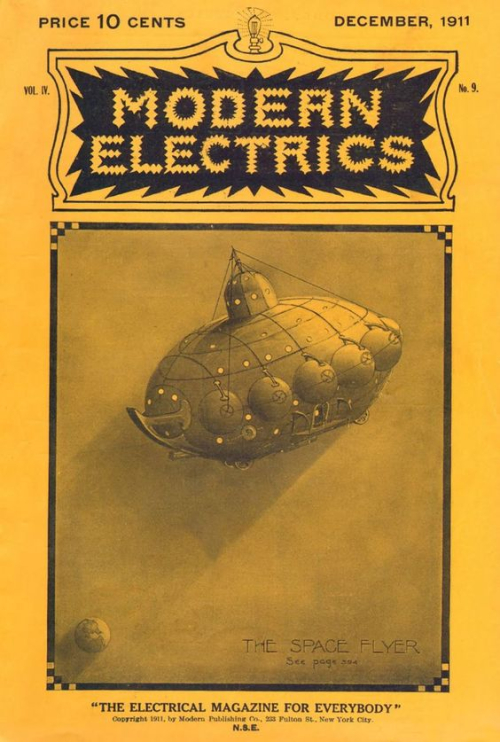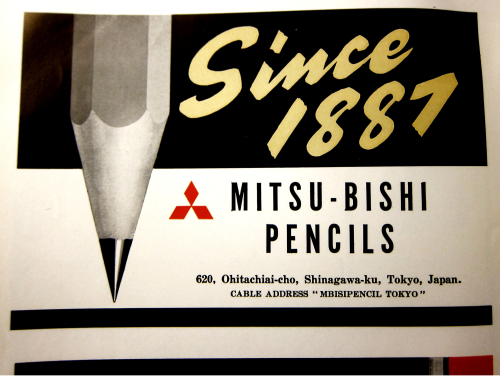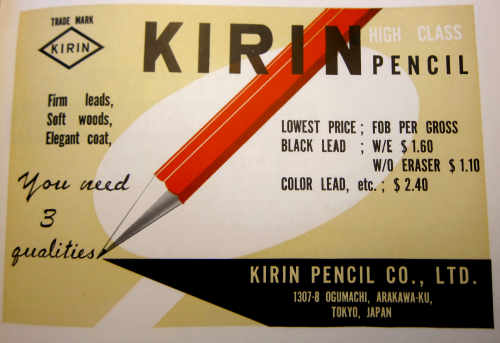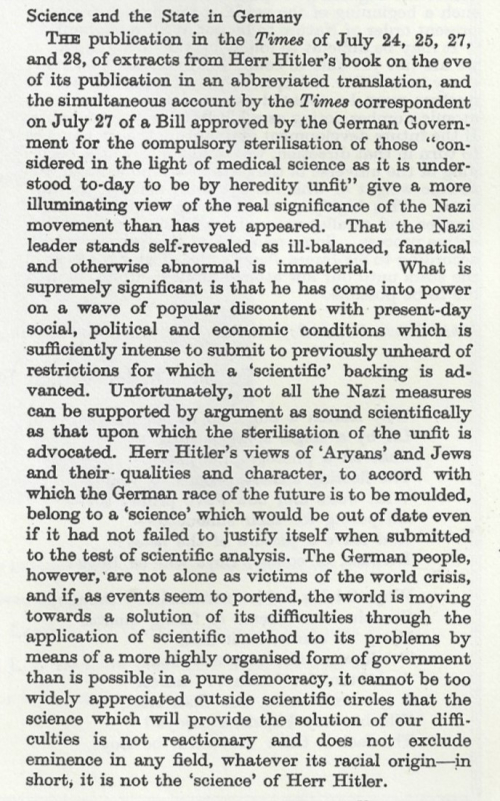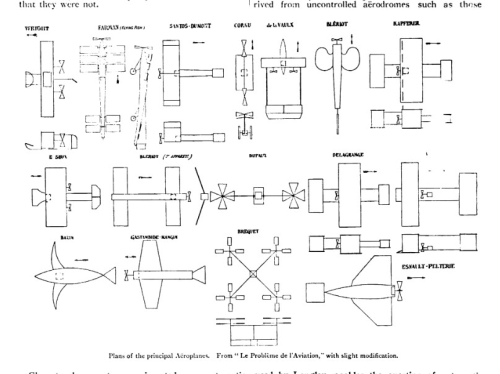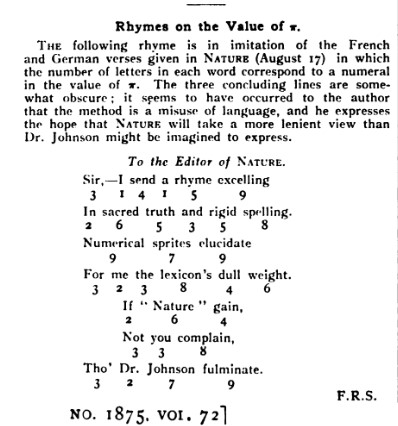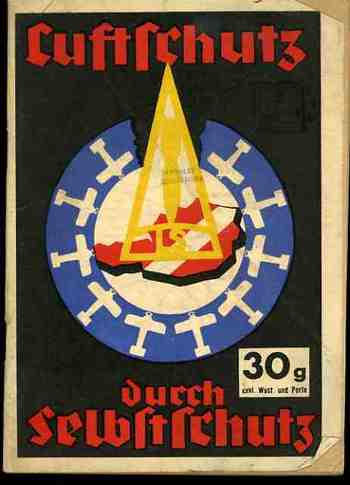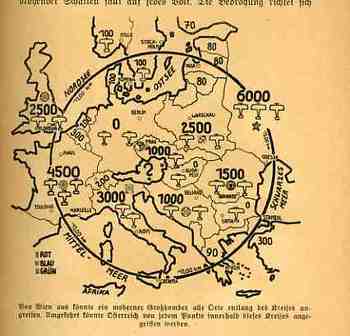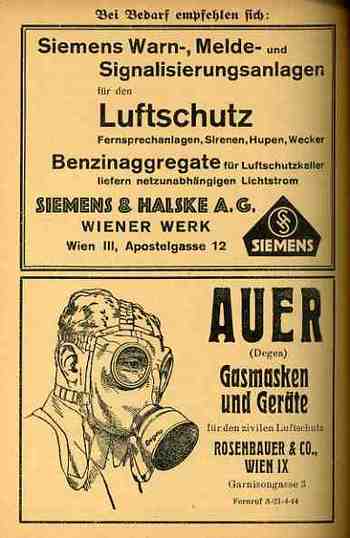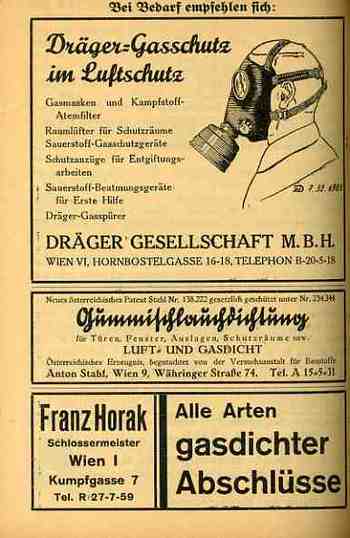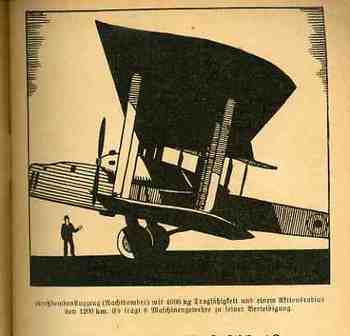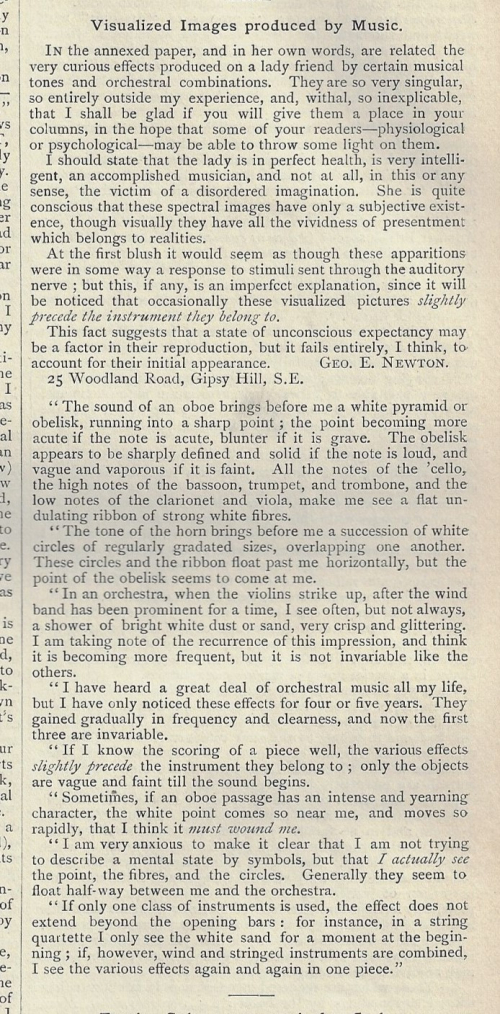JF Ptak Science Books Post 2815
Here's a very unusual and interesting pamphlet that I just found, and partially read. Philena Weller Montgomery and John Ferguson Montgomery wrote Traveling Hard Through the USSR1, a travelogue on their trip through the old country in the mean and bitter summer of 1933. They printed the pamphlet themselves in 1934, giving their address as 1105 Morrison Ave, Bronx, NYC.
They produced a remarkable major-minor work, I think, making hundreds of small observations on the little bits and bobs of everyday life that one usually does not see in a work like this. For example, they walk around Stalingrad and rather than remark on the great sights and vistas they report on the state of window displays—that there were unrelated objects on display, like urinals with lamp lights and pictures of clothing for sale that the storekeep didn't have, and that the windows were dirty and hadn't been cleaned in months or years, and that the broken ones were fixed with metal and rivets; that sort. That's the real strength of this work, I think; the ability of the writers to see the small local, personal detail—they weren't interested so much in a grand building, but rather the women who were scrubbing the marble floors with some evil-smelling something because there was a shortage of soap; and not so much the boat they were passengers on, but rather the shabby dress whites of the captain and how he moved through the crew and how the crew responded to that; not the grand vistas of old St. Petersburg but rather the dirty shop windows that displayed pictures of items that they didn't have in stock.
The authors left with a group of 10 other people (fellow students?) for a loosely-guided trip through the Soviet Union. This was not a North Korean-style tourist experience for this group; they write that even though they had a guide that they were in no way constrained from wandering off or speaking to anyone they wished; they felt that there was no control over their activity outside of the route they were following for their visit. The fact that they saw so much poverty and hardship, and interviewed whomever they pleased, attests to the limited control the state placed on their tour.
Their adventure begins in Leningrad, and moves to Moscow, Gorki, Kaza, Samara, Saratov, Stalingrad, Rostov, Yalta, Odessa, and then back west via Kiev. The authors write that if the USSR were really trying to control what the visitors saw that they would positively not send people out of or into the country via Kiev because of the state of the city and the people.
I'm sharing this here just in case anyone out there knows anything about this work—I do plan on posting the full work here in the near future.
Here are some notes from my reading:
Kiev
-
pale children working elevators at night of their hotel;
-
more Bezpreysosny (orphans) here than they saw in all the rest of the Soviet Union combined;
-
city swarmed with red Soldiers and OGPU;
-
shop windows displayed odd assortments—corks, urinals, bridge lamps, washboards, side-by-side, with very little consumer goods;
-
buildings were shabby as were the people, especially the children, “who show the effects of suffering”';
-
visit to a Jewish collective farm
I've made several entries to this blog on the history of the pre-history of the Internet of Stuff and Things, inventions and contrivances that were in their sometimes-quirky ways a taste of the stuff of what was to be...or if you applied some imagination to it, that is what they could seem to be. (Of the things that could be, there are those things that might be, and can be, and of course those that shouldn't be--but that's another story.) In this image, taken from the front page of the magazine Popular Mechanics for March 1916 we see something from the future, though as is usually the case the implemented future-vision that actually takes place is far more elegant than what the imagined-future suggested. In this instance we see someone sampling clothing and seeing their reflection wearing that clothing though not actually trying any of it on--this is commonplace now, but back in 1916 it wasn't, and mostly didn't even exist. Of course you'd still have to go to a clothier to use this device, which means that all of the effort in trying on new clothing would be present except for the final part of actually trying the clothing on. And given the encumbrances of the technology, the whole thing sounds as though it would take more time to use than the time it was supposed to save. Anyway the device was interesting, though there are probably failing marks for the temporal economics of the thing.



